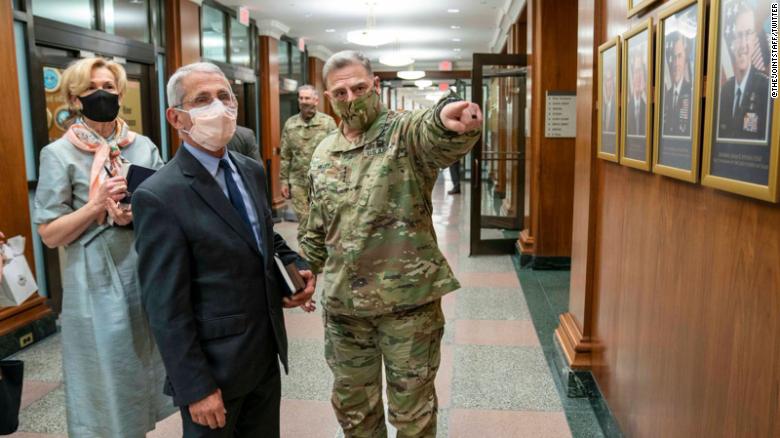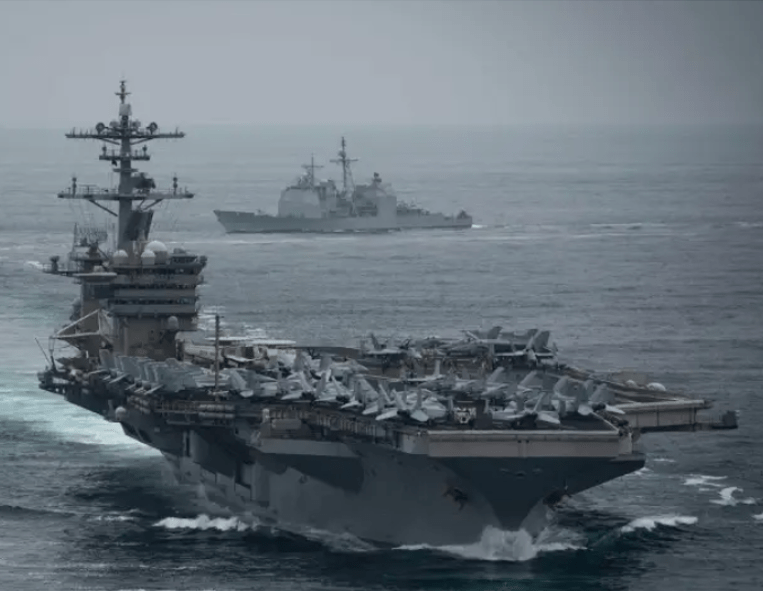Tarun Chhabra, Rush Doshi, Ryan Hass, and Emilie Kimball
China’s rapid technological advances are playing a leading role in contemporary geopolitical competition. The United States, and many of its partners and allies, have a range of concerns about how Beijing may deploy or exploit technology in ways that challenge many of their core interests and values. While the U.S. has maintained its position as the technologically dominant power for decades, China has made enormous investments and implemented policies that have contributed significantly to its economic growth, military capability, and global influence. In some areas, China has eclipsed, or is on the verge of eclipsing, the United States — particularly in the rapid deployment of certain technologies.
These dynamics are enmeshed in a broader context of U.S.-China tensions; U.S. alliance management challenges; complex and shifting global supply chains; debates over economic and technology “decoupling”; tensions between norms of research openness and concerns about technology transfer; a contest for global technology standard-setting; rapid technological development in other countries, particularly in East Asia; and transnational debate about the regulation of large technology firms.
There is also an important debate about the relationship between China’s record of achievement in meeting its ambitions and what that record says about the long-term prospects for its development of key technologies. While some analysts focus on the persistent gap between the rhetoric of Beijing’s five-year plans versus its actual achievements, others point to an overarching record of extraordinary progress. The Chinese Communist Party’s ambition to “catch up with and surpass” the West in advanced technologies is hardly new. It traces a lineage in Party guidance from Mao Zedong to Xi Jinping, with an emphasis on technology as a source of national power and key domain of international competition, and “indigenization” as a top priority. But as China’s economic and political influence have expanded, so, too, have many of its technological ambitions and achievements.
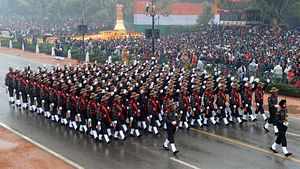

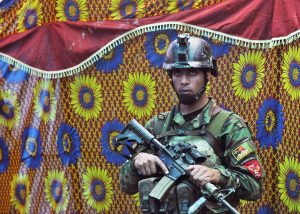
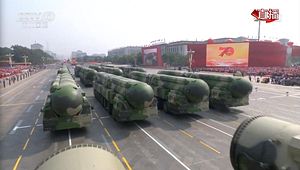


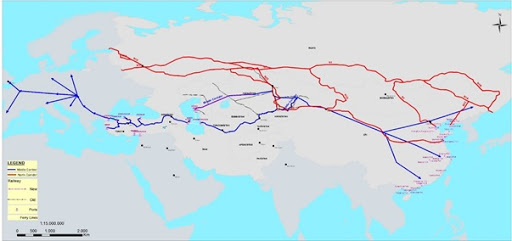 Map of the Middle Corridor (in blue) (Source: mfa.gov.tr)
Map of the Middle Corridor (in blue) (Source: mfa.gov.tr)
